- Write by:
-
Friday, February 4, 2022 - 13:14:07
-
355 Visit
-
Print
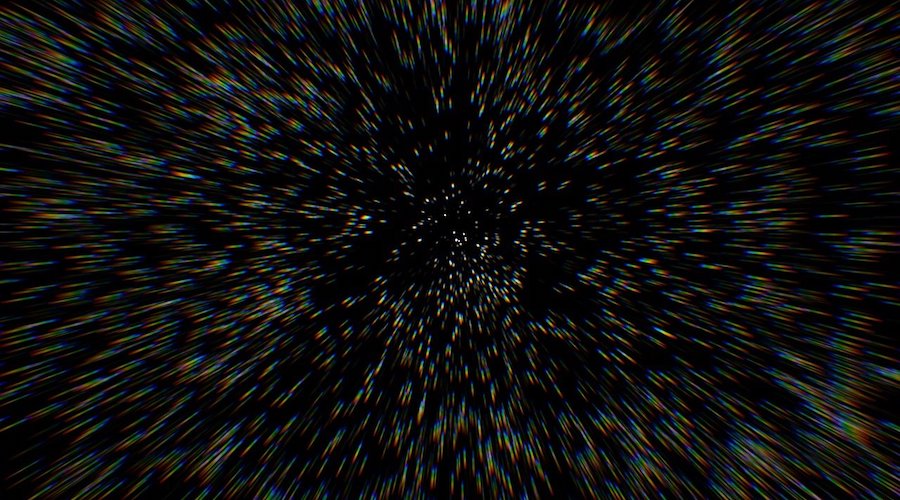
Mining News Pro - Alumina, a material made of aluminum and oxygen and that is second in hardness only to diamond, has been used to make a new type of optical element that will improve the performance of telescopes studying radiation from the Big Bang.
In a paper published in the journal Optics Express, researchers from the Kavli Institute for the Physics and Mathematics of the Universe and the University of Minnesota explain that the cosmic microwave background (CMB) is a relic radiation remnant from the Big Bang. It reaches telescopes after travelling 14 billion years since the birth of the universe. Studying the properties of this radiation, scientists infer the physics of the Big Bang, how clusters of galaxies form, and the matter and energy content in the universe.
To study the CMB, telescopes must be tuned to wavelengths in which this cosmic microwave background is most intense, about 1-3 mm, and they must separate out shorter wavelength radiation that the atmosphere and Milky Way emit. Among the most effective optical elements that absorb the short wavelength radiation but let the CMB pass through is alumina. But one challenge of using alumina is that it also reflects almost 50% of the radiation impinging on it.
However, paper co-authors Tomotake Matsumura and Shaul Hanany came up with a new way to fabricate anti-reflective structures that reduce reflections fifty-fold.
The researchers patterned the alumina used in optical elements with small pyramidal structures, which are about one millimeter tall and repeat across a 30-centimeter diameter with a periodicity of just less than one millimeter.
It has long been known that incorporating such structures on the surfaces of materials reduces reflections. With the small pyramids, light enters and is leaving the material more gradually, leading to much lower reflection.
Matsumura and Hanany’s innovation is in the way they patterned the alumina, which is too hard to be machined with standard tools. They used ultra-short pulsed laser, with pulses trillionths of a second long and reaching 100 megawatts each, to ablate the material away and to shape the surface relief to its optimal anti-reflective shape.
Within about four days, the laser process produced 320,000 pyramids on both sides of the alumina disc. The researchers measured the properties of the alumina sample and showed that it reflects less than 1% of the incident radiation. This is the first time such an optical element has been fabricated and coupled to an operating instrument, and it is the largest sample of alumina to have been laser-ablated.
In detail, the new anti-reflective structures were applied to an alumina short-wavelength absorber and provided to scientists at the University of Pennsylvania operating the MUSTANG2, a device that measures the power of incident electromagnetic radiation and which is now conducting sky observations with the new technology, demonstrating its success.
“This innovation will lead to more efficient instruments peering back in time and revealing the physical process at the Big Bang and throughout the evolution of the universe,” the pair behind the development said in a media statement.
Short Link:
https://www.miningnews.ir/En/News/620566
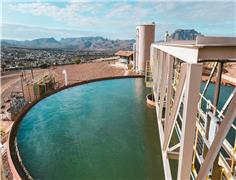
A Native American group has asked all members of a US appeals court on Monday to overturn an earlier ruling that granted ...
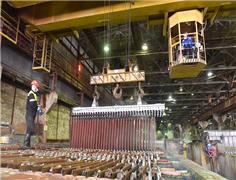
The London Metal Exchange (LME) on Saturday banned from its system Russian metal produced on or after April 13 to comply ...

The world’s coal-fired power capacity grew 2% last year, its highest annual increase since 2016, driven by new builds in ...

Peabody Energy Corp. shares sunk to the lowest in seven months after the biggest US coal miner warned that first-quarter ...

BMO Bank quietly dropped its policy restricting lending to the coal industry in late 2023, helping it avoid being ...
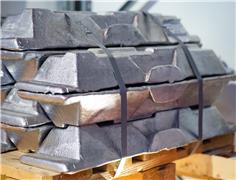
Vietnam’s top miner Vinacomin plans to invest 182 trillion dong ($7.3 billion) to ramp up its alumina-aluminum ...
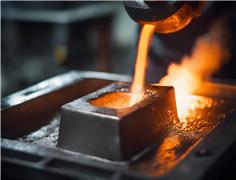
Copper jumped to its highest intraday price since January 2023 as the bellwether industrial metal faces rising tighter ...

BMO Bank quietly dropped its policy restricting lending to the coal industry in late 2023, helping it avoid being ...

Graphjet Technology, a Malaysia-headquartered developer of technologies to produce graphite and graphene directly from ...
No comments have been posted yet ...